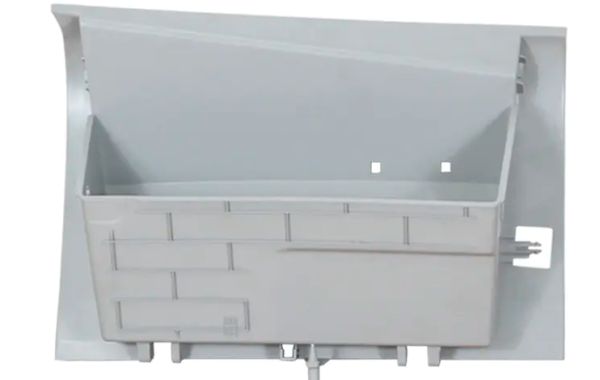The automotive industry is continually evolving, and advancements in plastic moulding technology are shaping the future of vehicle manufacturing. This article explores some of the emerging trends in automotive plastic moulding that are likely to influence the industry in the coming years.
1. Increased Use of Composite Materials: Composite materials, combining plastics with fibers such as carbon or glass, are gaining popularity in automotive moulding. These materials offer superior strength-to-weight ratios and are used in applications requiring high performance and durability, such as structural components and body panels.
2. Smart Plastics: The development of smart plastics, which can change properties in response to environmental conditions, is an exciting trend. These materials can be used in adaptive components, such as self-healing surfaces and temperature-regulating interiors, enhancing the functionality and comfort of vehicles.
3. Electric and Autonomous Vehicles: The rise of electric and autonomous vehicles is driving the need for innovative plastic components. Lightweight and high-strength plastics are essential for battery casings, sensor housings, and electronic enclosures, contributing to the efficiency and safety of these advanced vehicles.
4. Sustainable Plastics: Sustainability is a growing focus in the automotive industry. The development of bio-based and recyclable plastics is a key trend, as manufacturers aim to reduce the environmental impact of vehicle production. These sustainable materials are being integrated into various components, from interior trims to exterior panels.
5. Advanced Manufacturing Techniques: Innovations in manufacturing techniques, such as additive manufacturing and injection moulding with advanced process controls, are improving the precision and efficiency of plastic parts production. These techniques allow for the creation of complex geometries and customized components, meeting the specific needs of modern vehicles.
6. Integration of Electronics: The integration of electronic components into plastic parts is becoming more prevalent. Overmoulding and insert moulding techniques allow for the seamless incorporation of sensors, wiring, and other electronic elements, enhancing the functionality and connectivity of automotive components.
7. Enhanced Aesthetics: Future trends in automotive plastic moulding also focus on aesthetics. Advanced moulding processes and surface treatments enable the production of parts with superior finishes and textures, offering greater design flexibility and enhancing the visual appeal of vehicles.
The future of automotive plastic moulding is marked by innovation and sustainability. As the industry continues to evolve, these emerging trends will play a crucial role in shaping the next generation of vehicles, meeting the demands for performance, efficiency, and environmental responsibility.








